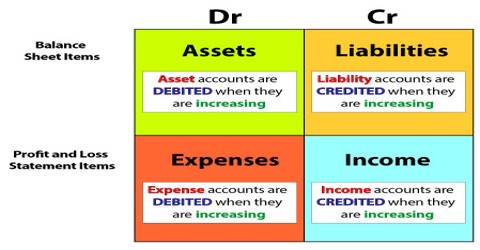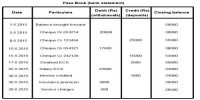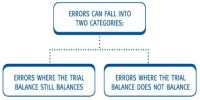Rules for Debiting and Crediting
Debits and credits are the opposing sides of an accounting journal entry. They are used to adjust the ending balances in the general ledger accounts. In real practice, the individual transactions of comparable nature are recorded, added and subtracted at one place. Such place is customarily the meaning of debit and credit, it is necessary to understand the meaning and form of an account.
An account is evidence of all trade transactions relating to an exacting person or asset or accountability or expenditure or profits. In accounting, we maintain a detach record of every individual, asset, accountability, expenditure or profits. The situate where such a record is maintained is termed as an ‘Account’.
All accounts are separated into two sides. The left hand side of an account is called Debit side and the right-hand side of an account is called Credit side. In the abbreviated form Debit is written as Dr. and Credit is written as Cr. For example, the transactions relating to cash are recorded in an account, entitled ‘Cash Account’ and its format will be as given below:

A debit is an accounting entry that either increases an asset or expense account or decreases a liability or equity account. A credit is an accounting entry that either increases a liability or equity account or decreases an asset or expenditure account.
In order to make a decision when to write on the debit side of an account and when to write on the credit side of an account, there are two approaches. They are: 1) Accounting Equation Approach, 2) Traditional Approach.















